Blockchain technology, with its promise of decentralization and transparency, has the potential to revolutionize various sectors.1 However, the environmental impact of certain blockchain networks, particularly those relying on energy-intensive Proof-of-Work (PoW) consensus mechanisms, has raised significant concerns.2 This has spurred the development of sustainable blockchain solutions that prioritize energy efficiency and environmental sustainability.3
The Environmental Impact of Traditional Blockchain
Traditional blockchains, such as Bitcoin, utilize the Proof-of-Work consensus mechanism, which requires miners to solve complex mathematical problems using powerful computers.4 This process consumes5 vast amounts of energy, contributing to a significant carbon footprint.6 The energy consumption of some blockchains has drawn criticism, raising concerns about their environmental sustainability.7
Sustainable Consensus Mechanisms: Paving the Way for a Greener Future
To address these environmental concerns, researchers and developers are exploring alternative consensus mechanisms that prioritize energy efficiency:
- Proof-of-Stake (PoS): In PoS systems, validators are selected to verify transactions based on the amount of cryptocurrency they hold.8 This eliminates the need for energy-intensive mining, resulting in significantly lower energy consumption.9 Examples of PoS blockchains include Ethereum (after the transition from PoW to PoS), Cardano, and Solana.10
- Delegated Proof-of-Stake (DPoS): DPoS further enhances energy efficiency by allowing token holders to delegate their voting power to elected representatives, who then validate transactions.11 This approach can reduce energy consumption while maintaining a high level of security.
- Practical Byzantine Fault Tolerance (PBFT): PBFT is a consensus mechanism that requires a majority of nodes to agree on the validity of transactions.12 This mechanism is more energy-efficient than PoW but may have limitations in terms of scalability and decentralization.
- Proof-of-Activity (PoA): PoA combines elements of PoW and PoS, requiring both mining power and staking to validate transactions.13 This hybrid approach aims to achieve a balance between security and energy efficiency.
- Directed Acyclic Graph (DAG) Consensus: DAG-based blockchains, such as IOTA, do not rely on a traditional blockchain structure.14 Transactions are verified by connecting them to existing transactions in a directed acyclic graph, reducing the need for extensive computational power.15
Beyond Consensus Mechanisms: Other Sustainable Practices
In addition to exploring more energy-efficient consensus mechanisms, other strategies are being employed to enhance the sustainability of blockchain technology:
- Renewable Energy Sources: Utilizing renewable energy sources, such as solar and wind power, to power blockchain operations can significantly reduce the environmental impact.
- Hardware Optimization: Improving the energy efficiency of mining hardware can help reduce energy consumption.16
- Layer-2 Solutions: Offloading computations to layer-2 solutions can reduce the load on the main blockchain, thereby reducing energy consumption.17
- Green Blockchain Initiatives: Various initiatives are underway to promote the development and adoption of sustainable blockchain technologies, such as the creation of green blockchain standards and the development of carbon offsetting mechanisms.18
The Future of Sustainable Blockchain
The future of blockchain technology hinges on its ability to operate sustainably. Continued research and development in energy-efficient consensus mechanisms, coupled with a focus on renewable energy sources and hardware optimization, will be crucial for ensuring the long-term viability of this transformative technology.
Conclusion
The development of sustainable blockchain solutions is not just an environmental imperative; it is also essential for the long-term success and adoption of blockchain technology. By prioritizing energy efficiency and exploring innovative solutions, we can ensure that blockchain technology contributes to a more sustainable and equitable future.
Frequently Asked Questions (FAQs)
- What is Proof-of-Work (PoW)?
- PoW is a consensus mechanism that requires miners to solve complex mathematical problems to validate transactions.19
- What are the environmental concerns associated with PoW?
- PoW is energy-intensive, contributing to a significant carbon footprint.20
- What is Proof-of-Stake (PoS)?
- PoS is a consensus mechanism where validators are selected based on the amount of cryptocurrency they hold.21
- How does PoS improve energy efficiency?
- PoS eliminates the need for energy-intensive mining, resulting in significantly lower energy consumption.22
- What are other sustainable consensus mechanisms?
- DPoS, PBFT, PoA, and DAG-based consensus mechanisms are examples of alternative consensus mechanisms.23
- What are some strategies for reducing the energy consumption of blockchain networks?
- Utilizing renewable energy sources, improving hardware efficiency, and implementing layer-2 solutions.
- What are green blockchain initiatives?
- Initiatives focused on promoting the development and adoption of sustainable blockchain technologies, such as the creation of green blockchain standards and the development of carbon offsetting mechanisms.24
- How can I contribute to the development of sustainable blockchain?
- By supporting projects that prioritize sustainability, choosing energy-efficient blockchains, and advocating for the adoption of green blockchain practices.
- What are the benefits of sustainable blockchain solutions?
- Reduced environmental impact, improved energy efficiency, and increased public acceptance.
- What are the challenges in developing sustainable blockchain solutions?
- Ensuring security and decentralization while maintaining energy efficiency can be challenging.
- What is the future of sustainable blockchain technology?
- Continued research and development in energy-efficient consensus mechanisms and other sustainable practices will be crucial for the future of blockchain.
- How can I measure the energy consumption of a blockchain network?
- Various metrics, such as energy consumption per transaction and carbon footprint, can be used to measure the energy consumption of a blockchain network.25
- What is the role of government and industry in promoting sustainable blockchain?
- Governments and industry can play a crucial role by promoting research and development, investing in renewable energy sources, and implementing policies that incentivize the development of sustainable blockchain solutions.
- Can blockchain technology be truly sustainable?
- While achieving complete carbon neutrality may be challenging, continuous efforts to improve energy efficiency and explore sustainable practices can make blockchain technology more environmentally friendly.
- How can I learn more about sustainable blockchain solutions?
- You can learn more by reading research papers, following industry publications, and participating in online communities focused on sustainable blockchain.


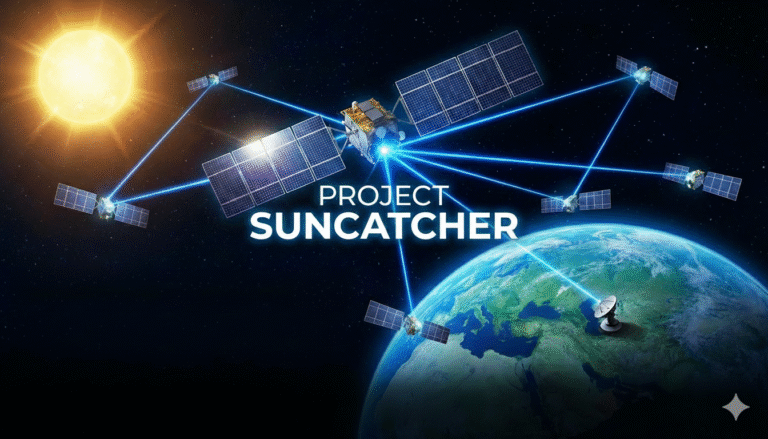
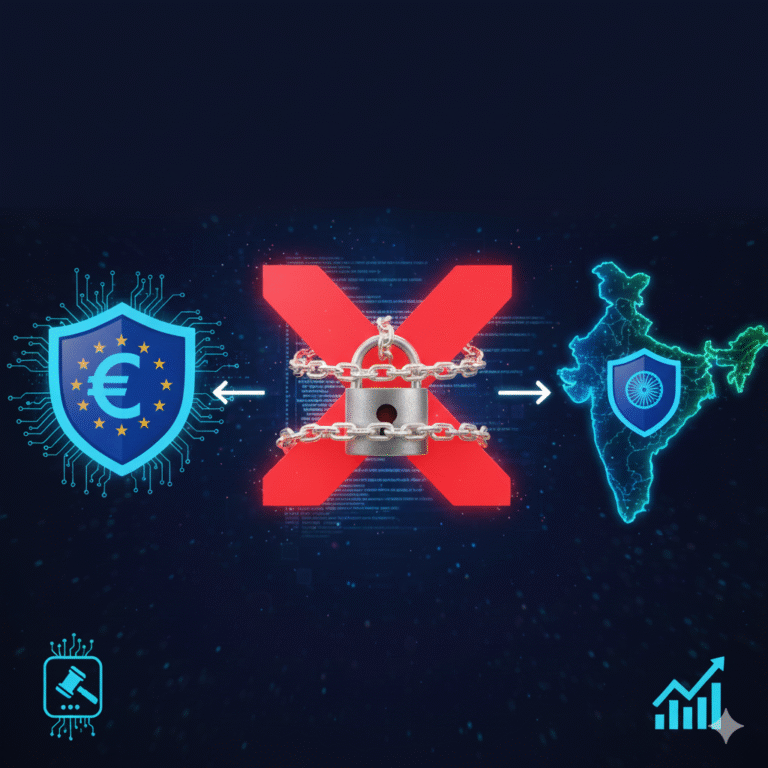

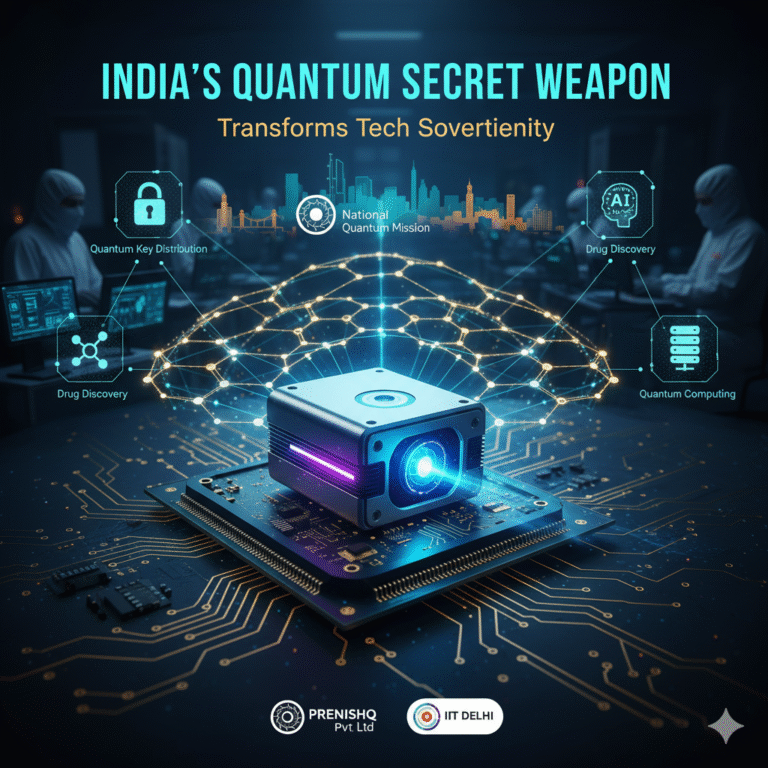

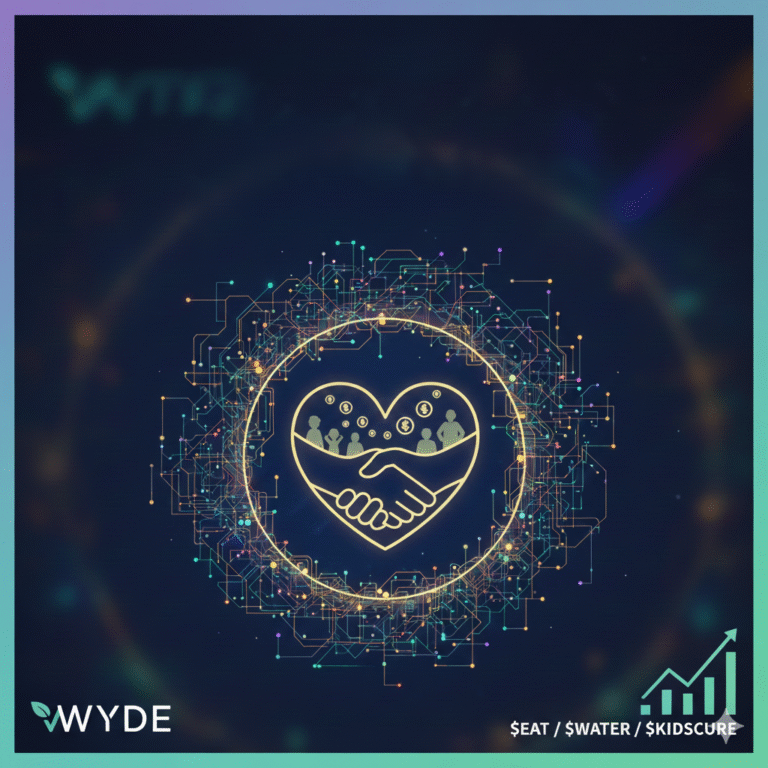

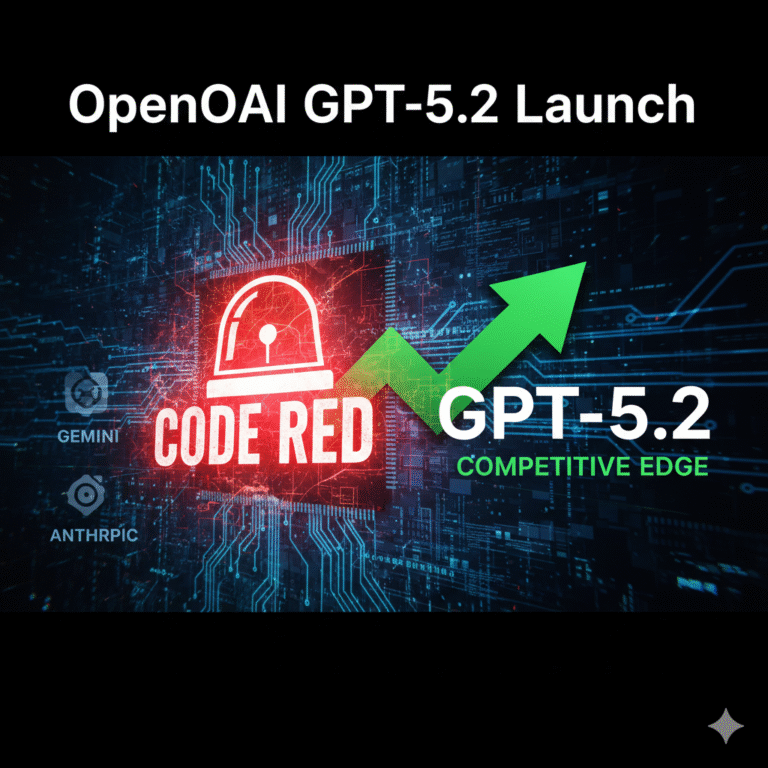

+ There are no comments
Add yours